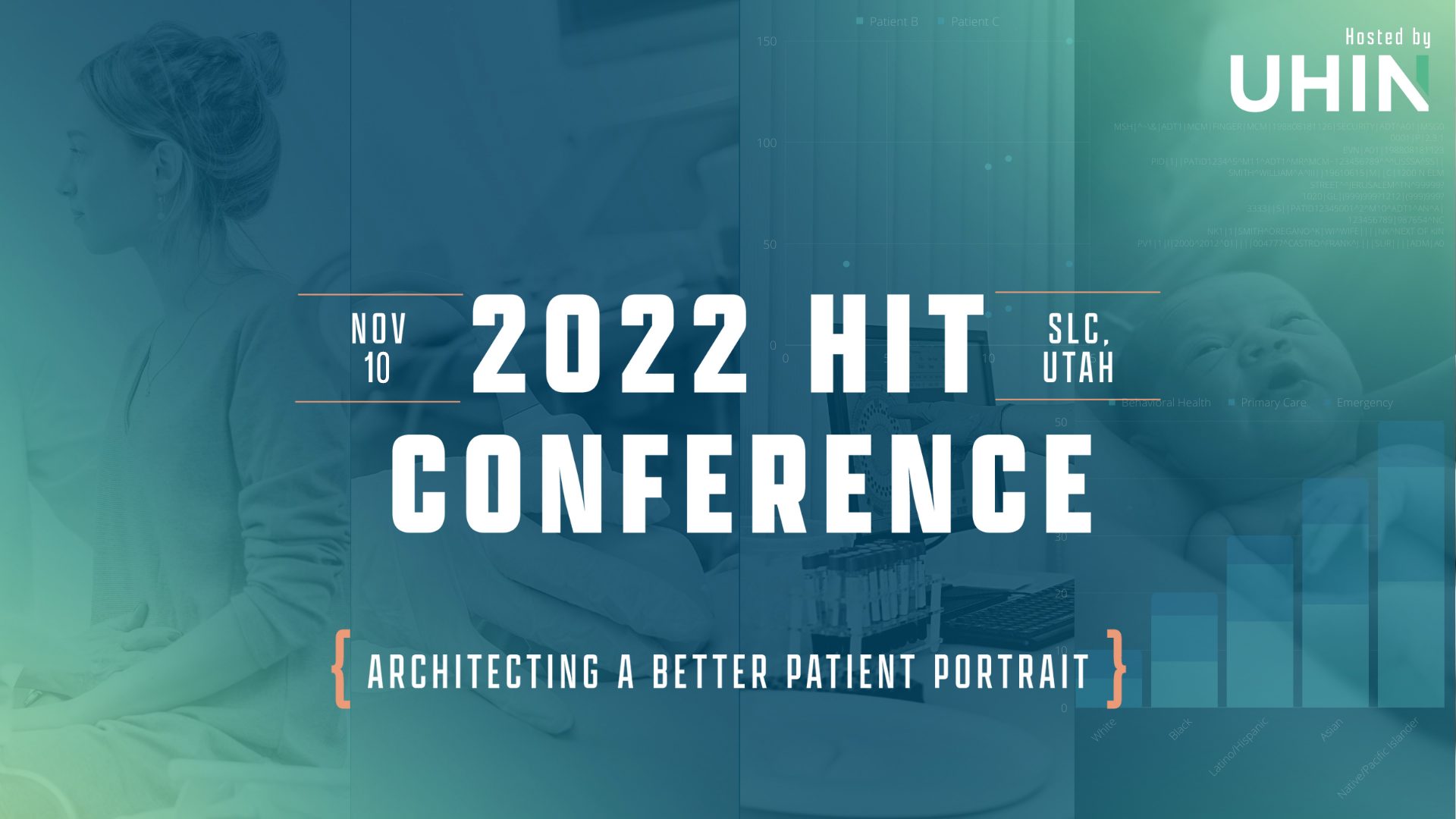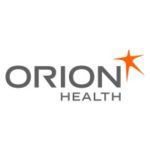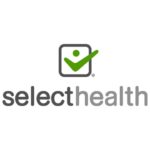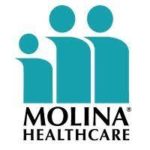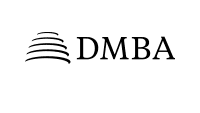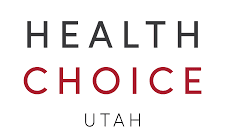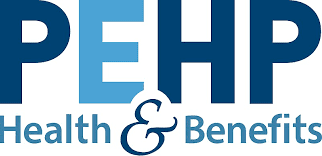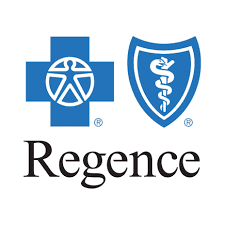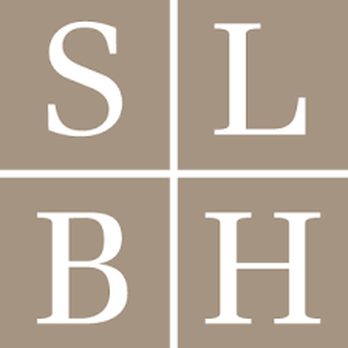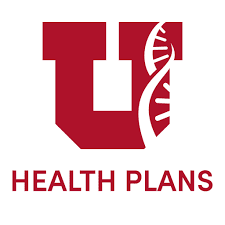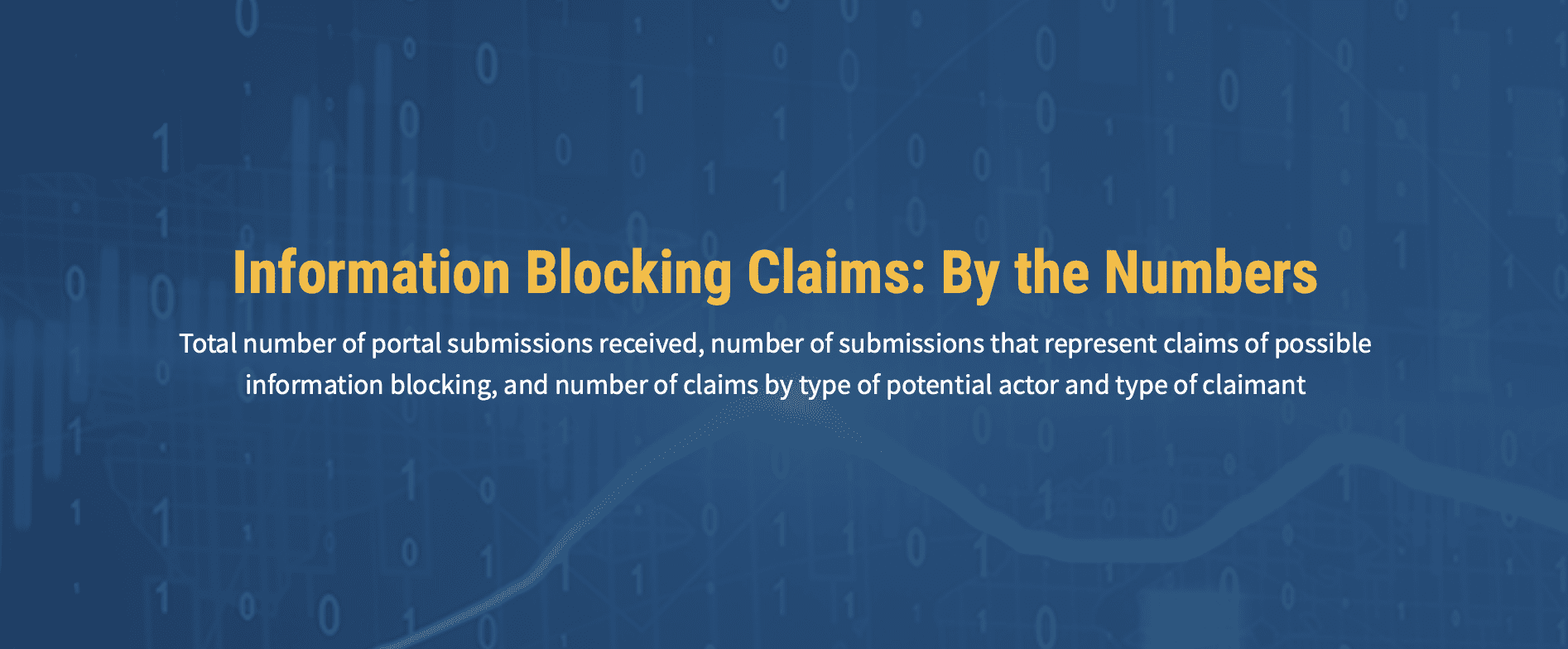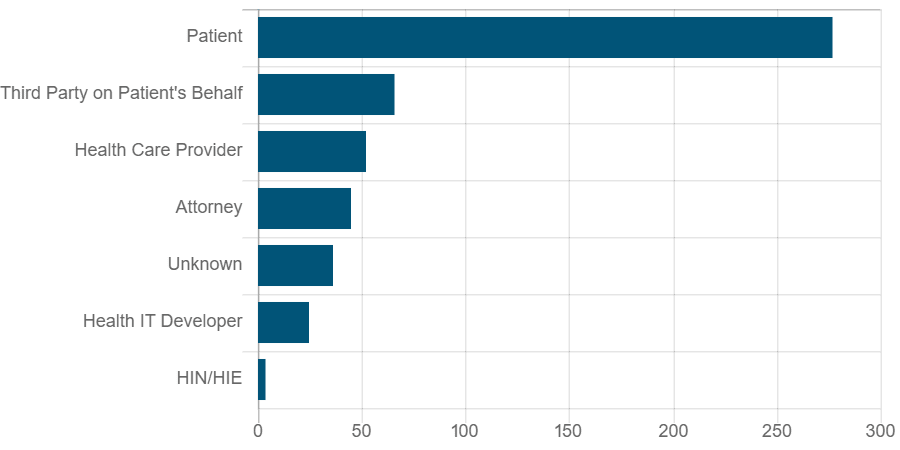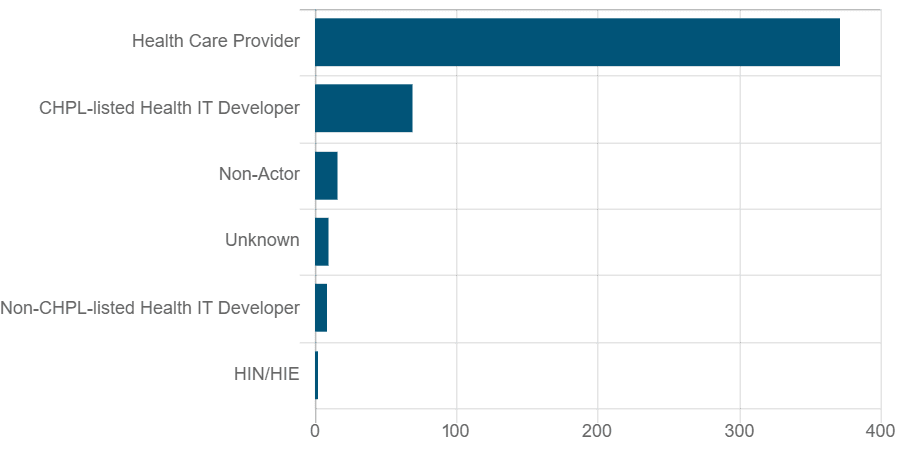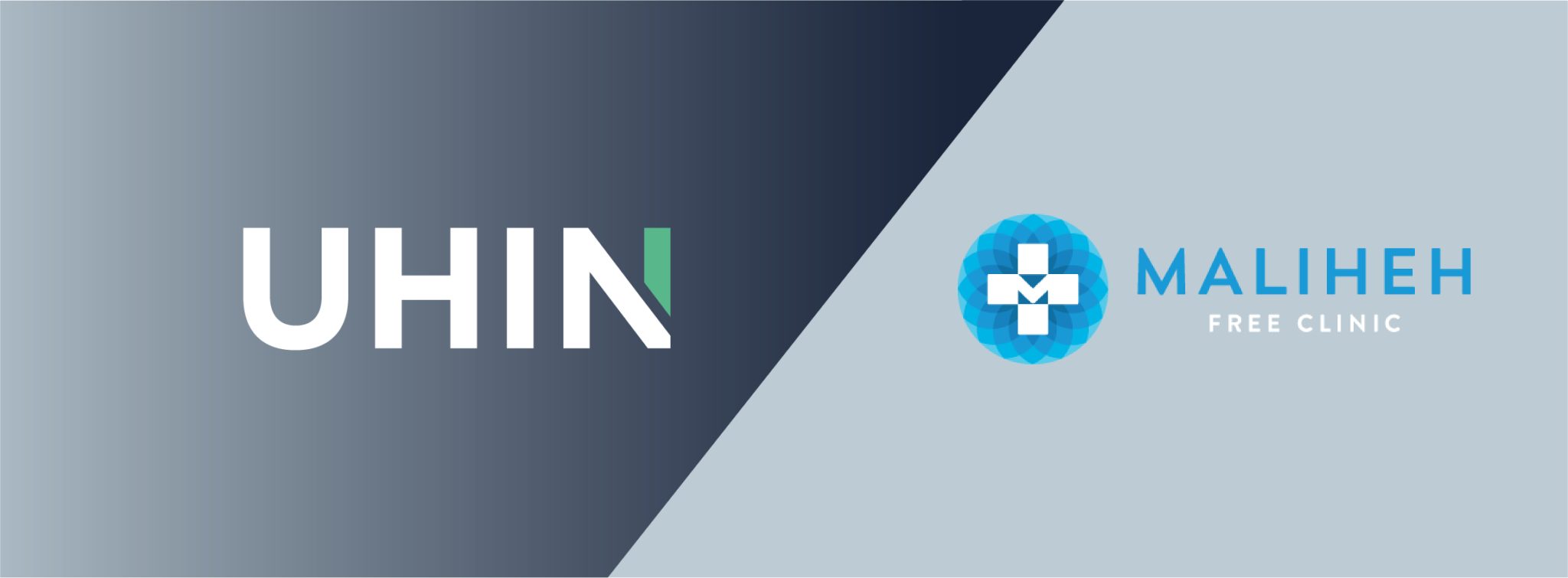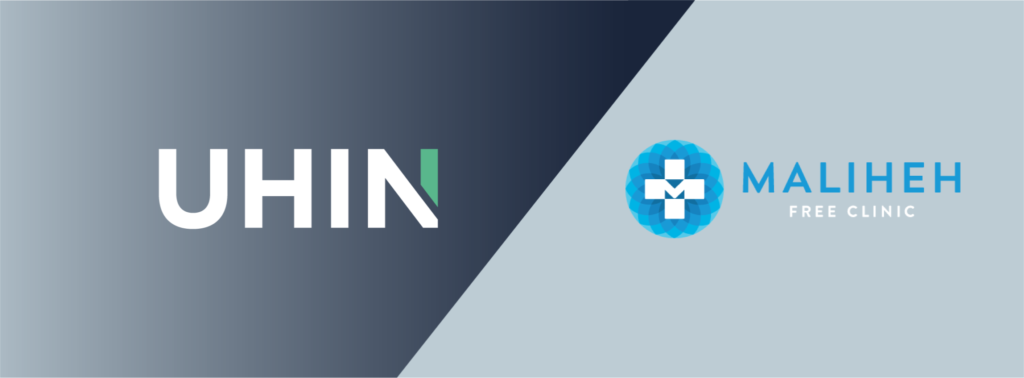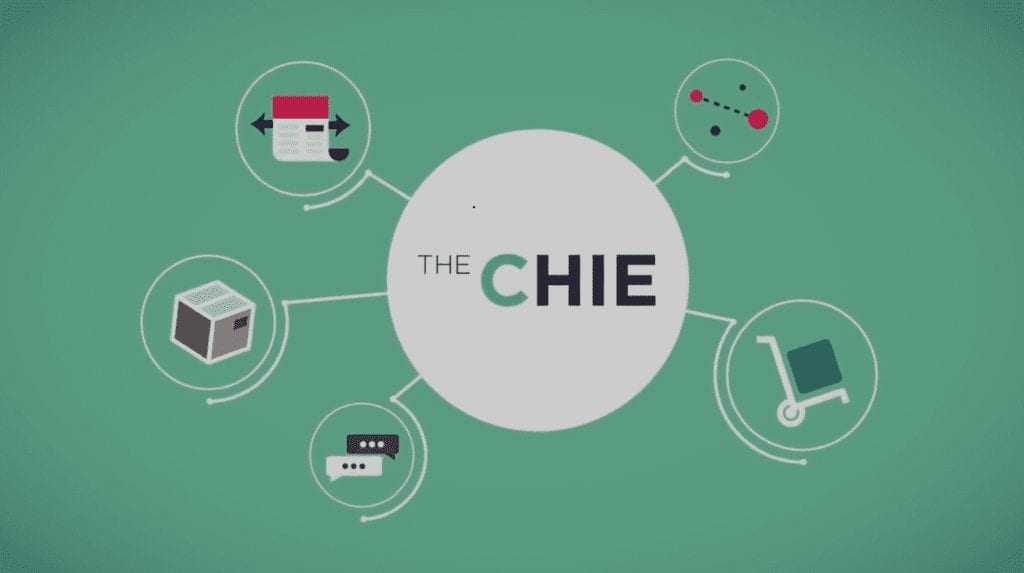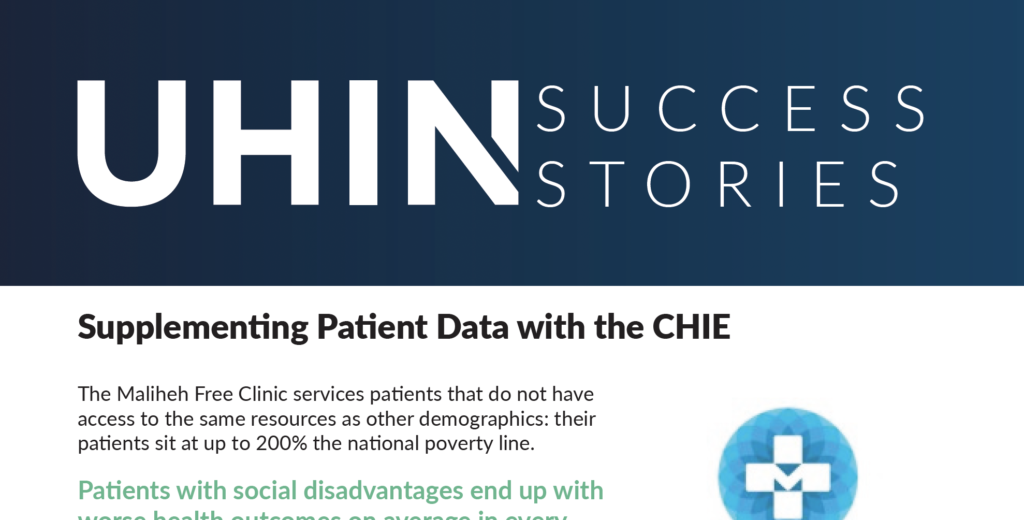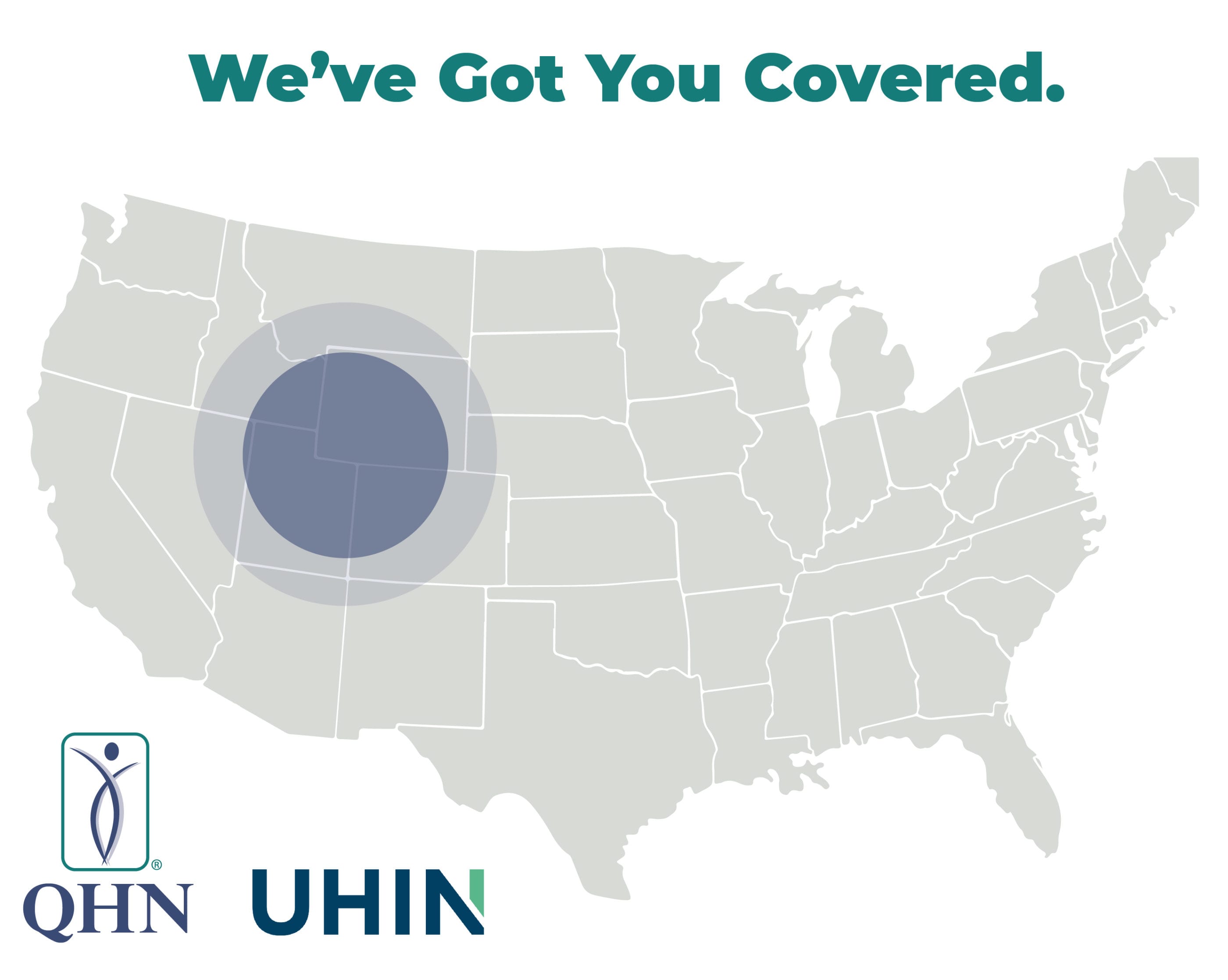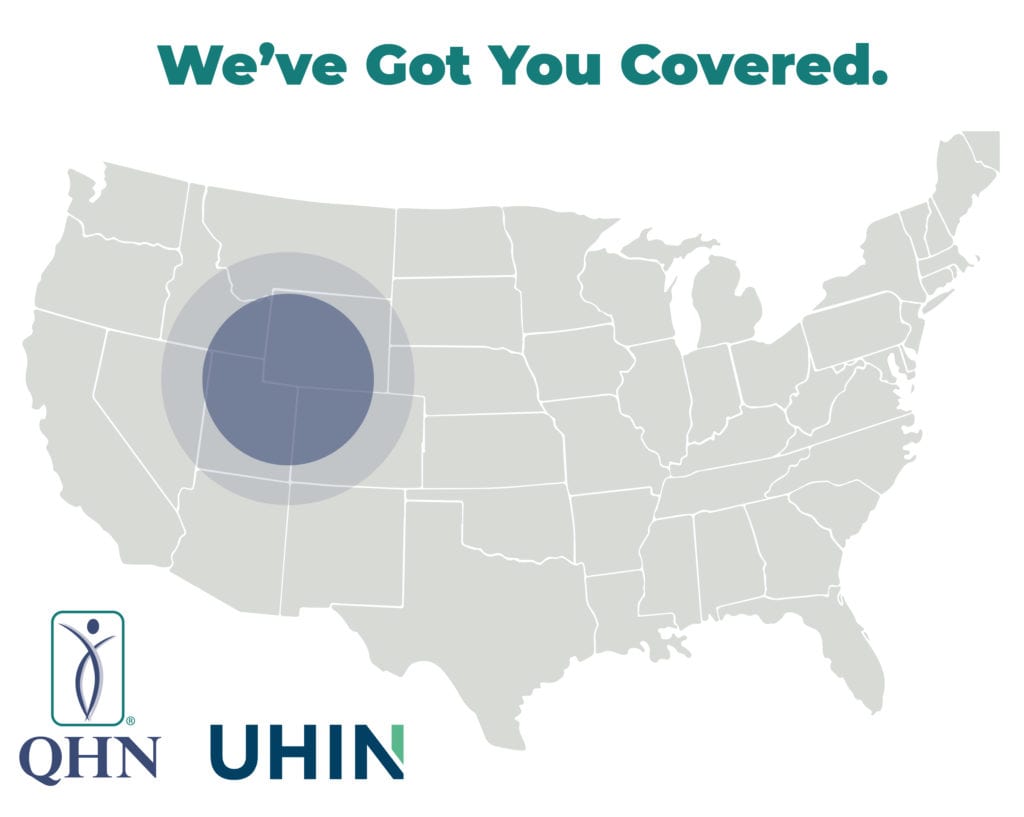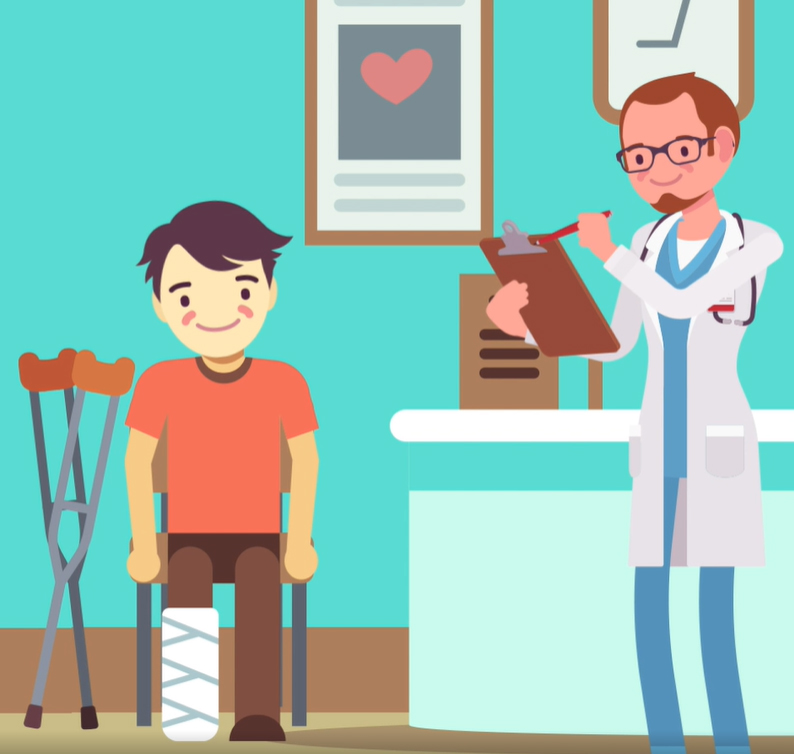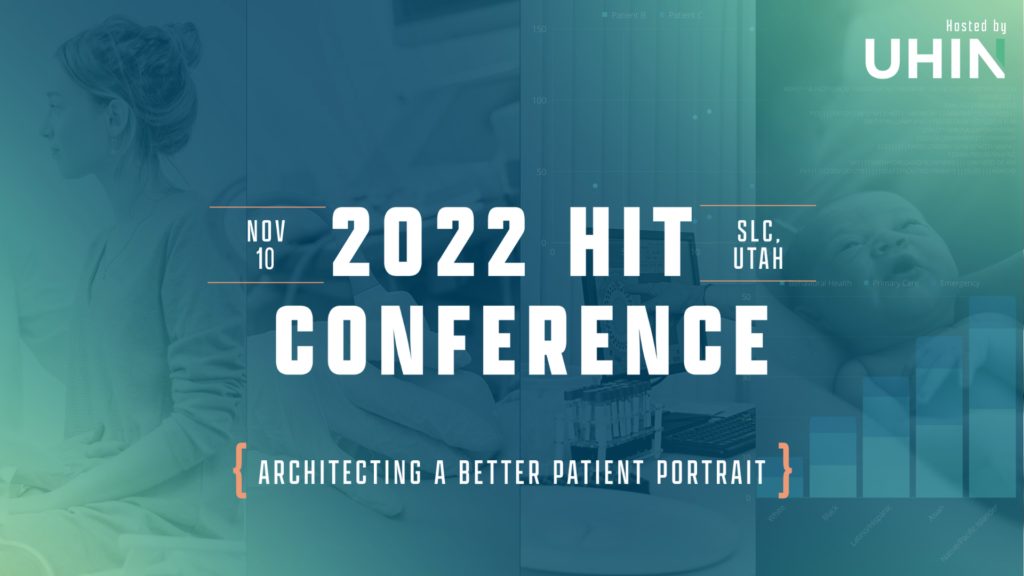
Presentations from the 2022 HIT Conference
Provider Education Track Presentations
Interoperability Track Presentations
Healthcare Landscape Track Presentations
Data and Care Delivery Track Presentations
About the Conference
Every patient deserves a full, dynamic portrait of their care story. We believe in our power to create a more vibrant and complete picture together.
The HIT Conference will feature four tracks with sessions covering topics like population health, interoperability, care delivery, and health equity, as well as popular sessions from previous PES conferences, like “Medicare Hot Topics” with Lori Weber and the Payer Panel. Join other healthcare professionals and attend sessions by esteemed speakers from the State of Utah, Office of the National Coordinator (ONC), University of Utah Health, Amazon Web Services (AWS), Noridian Healthcare Solutions, BYU, AUCH, Comagine, SLCo Health Department, UHIN, and more to be announced!
This event is tailored for professionals across the healthcare ecosystem, such as CEOs, CTOs, CIOs, Chief Medical Officers, VPs, directors, doctors, nurses, administrators, office managers, billers, educators and many more roles at health plans, hospital systems, providers, clinics, higher education institutes, and nonprofit organizations.
PES at HIT
For the first time ever, we’ve combined the annual Provider Education Summit (PES) and the HIT conference into a one-day, hybrid event. PES is an educational event for health plans and providers, billers, office managers, coders, administrators and more. PES will have a dedicated track, Provider Education, at the HIT conference this year.
Welcome Keynote
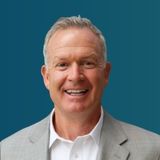
Rich Saunders
Chief Innovation Officer, Utah
Rich Saunders is Utah’s first chief innovation officer and is charged to help lead the Cox-Henderson administration’s commitment to aggressively upgrade state government efficiencies, innovations, and responsiveness to Utah residents, including a world-class customer experience initiative, and organizing the One Utah Health Collaborative nonprofit. Rich previously served as the executive director of the Utah Department of Health during the COVID-19 pandemic, and before state government, was an entrepreneur for 25 years with extensive experience in multiple verticals and significant sales networks nationwide. Rich has an ongoing passion for leadership, knowledge, organizational health, and service to his community.
Closing Session

Brittany Bowe
Olympic Speed Skater and Medalist
Three-time Olympian, Two-time Olympic medalist, 1,000-meter world record holder
Brittany Bowe led the way for Team USA as the flag bearer for the 2022 Winter Olympic Games in Beijing. She is a Three-time Olympian and Two-time Olympic medalist who gave up her spot in the 500m at the 2022 Winter Olympic Games for Teammate Erin Jackson – recognized as one of the most selfless acts in Olympic history.
1,000-meter world record holder… Reigning 1,000-meter season-long world cup champion… Won seven consecutive 1,000-meter world cup races from December 2018 to December 2019, the longest win streak by a U.S. woman. She helped end a 12-year U.S. women’s drought with an Olympic bronze medal in the team pursuit, and finished top-five in all four of her races at the 2018 Olympics. She is also a Six-time world champion, 20-time world championship medalist and 73-time world cup medalist.
As a gay athlete and LGBTQ+ advocate, uses her platform to promote inclusion and support others. She volunteers as an ambassador for nonprofits Right to Play and Athlete Ally.
Brittany suffered a concussion while training for the 2018 Olympics and was diagnosed with POTS, which means the body does not control blood pressure or heart rate after you stand up. She overcame her fear from that setback and, through an aggressive rehab program, returned to the podium.
Brittany previously played college basketball at Florida Atlantic University and won 32 world championship medals in inline skating before switching to ice. She is dedicated to maintaining a healthy balance between the physical, mental and spiritual aspects of life, and is working toward her yoga teacher certification. Also, Brittany is a cat owner.
Motto: “Practice doesn’t make perfect, perfect practice makes perfect!”
Tracks and Speakers
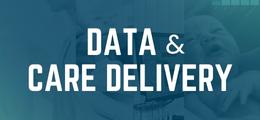

10:00 a.m. “A Novel Outpatient Complex Care Model – Using Claims Data for Risk Stratification and Evaluation”
Dr. Peter Weir | Executive Medical Director of Population Health, University of Utah Health
Read more
A review of the Intensive Outpatient Clinic – highly coordinated and integrated care for Medicaid members with complex mental and medical health problems that result in high utilization.

11:00 a.m. “Partnerships to Increase HPV Vaccine Rates for Utah’s Community Health Centers”
Shlisa Hughes | Quality Improvement Director, AUCH
Read more
AUCH is committed to preventing HPV related cancers through improving HPV vaccination rates. AUCH has partnered with Huntsman Center for HOPE, the U of U, Huntsman Cancer Center, the American Cancer Society and the UDHHS, and Utah’s Federally Qualified Health Centers to use automation and interoperability with clinical workflows to improve immunization rates for Utah’s youth. We will share results and innovations from across the state.

1:00 p.m. “Health Equity: Stop Talking, Start Doing”
Kassy Keen, MPH | Health Equity Bureau Manager, Salt Lake County Health Department
Read more
Health equity has gained increased attention, resources, and support as COVID-19 and social justice movements transform our communities. Often we discuss health equity frameworks, which can be abstract and confusing, offering little guidance around implementation. So, what does it look like to incorporate health equity into systems, programs, and policies in the medical and health field? In this presentation, we will discuss operationalizing health equity, and explore a broad scope of tangible ideas to build capacity, and instill new processes, procedures, and data to create better outcomes for our communities.
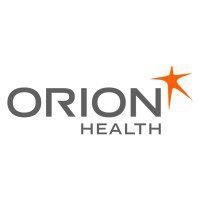
2:00 p.m. Orion Health Presentation
Chad Peterson | Chief Revenue Officer, Orion Health

3:00 p.m. “Using Analytics to Improve Personal and Population Health“
Sara Hallvik | Vice President of Data Solutions, Comagine Health
Read more
Health data can be a powerful tool in improving both personal and population health, but one must consider several factors first. Data governance determines who and how data is used. Data quality determines whether results can be trusted. Combining data sources increases the complexity but can also increase the power of the data. This opens the way to descriptive, predictive, and prescriptive analytics, where one can harness their data’s true potential.
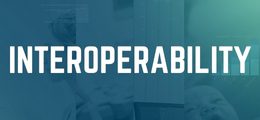

10:00 a.m. “Why Are We Still Challenged by Identity Matching and Data Quality? Follow Oscar’s Patient Journey”
Gregg Church | President, 4medica, Inc.
Read more
Access to accurate, complete, and timely data is one of the most valuable assets in any healthcare organization. The push toward value-based care and population health initiatives including the response to COVID-19 have amplified the need for efficient exchange of quality patient data, filling gaps in information and offering providers and payers a more complete picture of the patient. Quality data improves care coordination, clinical outcomes, and saves lives but can only be achieved with accurate patient identification or matching across multiple sources.
Learning Objectives:
- The need for exchanging reliable clinical and administrative data in “real time” for better care coordination and population health management
- How patient data is being exchanged securely and reliably for care coordination decisions
- How HIE’s and health networks use quality health data to exchange and provide ‘actionable’ data insights in and out of their community
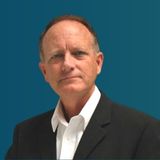
11:00 a.m. “Setting Utah’s Standards: You Hold the Power”
Boyd Kreeck | Business Analyst, UHIN
Read more
The UHIN Standards Organization is a nonprofit, broad-based coalition of Utah healthcare insurers, providers, and others, including local government entities. The purpose of the Standards Committee is to develop administrative, technical, and billing standards and specifications based on existing federal and state regulation.
Standards created by the committee and approved by the UHIN Board are provided to the Utah State Department of Insurance, Utah Health and Human Services and published in State Rules and made available to the public at UHIN.org. In addition to developing Utah Standards, the UHIN Standards Committee participates in the development of National standards and guidance.
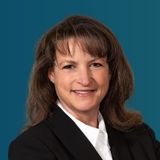
1:00 p.m. “The Present and Future of HIEs“
Michelle Suitor | Director of the Clinical Health Information Exchange, UHIN
Read more
A discussion on the history of interoperability and an overview of the various standards covered from both the claims and clinical standpoint. This session will explore what that means for Utah, and provide examples of specific use cases.
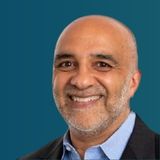
2 p.m. “Coordinating and Aligning Health IT: An update on nationwide health IT and interoperability goals”
Micky Tripathi, Ph.D., M.P.P. | National Coordinator for Health Information Technology, the U.S. Department of Health and Human Services
Read more
Join ONC’s National Coordinator Micky Tripathi for updates on:
- ONC’s work to align health IT activities across HHS agencies
- How the Trusted Exchange Framework, Common Agreement (TEFCA) will ease information sharing across networks of EHRs and other health IT systems
- The continued implementation and enforcement of the information blocking regulations
- Data standardization efforts to promote equity, reduce disparities, and support public health data interoperability
- And more!

3:00 p.m. “HIE Transformation: It’s About More Than Data“
Mary-Sara Jones | Sr. Business Development Executive, Health & Human Services, Amazon Web Services (AWS)
Read more
The Public Health landscape is changing. It is getting broader and deeper. The global pandemic highlighted fragmentation across and within organizations and the incompleteness of the data available to decision makers. There is a hunger for better, richer, cleaner data to support more holistic decisions and move efforts toward prevention. For many states data modernization and digital transformation will occur in parallel. Immediate updates to shared data infrastructure can provide meaningful insights while updated paradigms of service delivery are reimagined with modern technology to better meet provider and constituent expectations. Health Information Exchanges play a central role in creating and maintaining a connected data ecosystem driving improved patient outcomes and community vitality. This presentation with Natasha Nicolai explores future models for HIEs, how data transformation can provide immediate community impact, and what is required to create the parallel path to digital transformation.

3:00 p.m. “HIE Transformation: It’s About More Than Data“
Natasha Nicolai | AWS WWPS SLG Leader, Health and Human Services Analytics, Amazon Web Services (AWS)
Read more
The Public Health landscape is changing. It is getting broader and deeper. The global pandemic highlighted fragmentation across and within organizations and the incompleteness of the data available to decision makers. There is a hunger for better, richer, cleaner data to support more holistic decisions and move efforts toward prevention. For many states data modernization and digital transformation will occur in parallel. Immediate updates to shared data infrastructure can provide meaningful insights while updated paradigms of service delivery are reimagined with modern technology to better meet provider and constituent expectations. Health Information Exchanges play a central role in creating and maintaining a connected data ecosystem driving improved patient outcomes and community vitality. This presentation with Mary-Sara Jones explores future models for HIEs, how data transformation can provide immediate community impact, and what is required to create the parallel path to digital transformation.
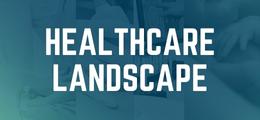
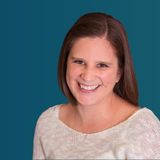
10:00 a.m. “Beating Hypertension, the Silent Killer“
Nickee Andjelic, MS, CHES | Maternal and Infant Health Program Manager, Utah Department of Health and Human Services
Read more
The Utah 6|18 Workgroup is a cross-collaborative workgroup focusing on addressing 6 high-cost and preventable health conditions with 18 evidence-based and cost-effective interventions. For 2022, the workgroup selected to focus on self-monitoring blood pressure (SMBP) by hypertensive patients with clinical support to improve health outcomes and reduce healthcare costs. Hypertension is the silent killer and is a comorbidity and risk factor for a number of other chronic conditions. One in 4 Utah adults have diagnosed hypertension and 15-30% of Utah adults have undiagnosed hypertension. Strong evidence supports that SMBP interventions, when combined with additional support like patient counseling, education, or web-based support, are effective in improving blood pressure outcomes in patients with high blood pressure. Home blood pressure monitors are a covered benefit under Utah Medicaid and many resources are available to support clinic training and member education to encourage accurate SMBP and clinical support.

10:00 a.m. “Beating Hypertension, the Silent Killer“
Dr. Richard Ferguson | Chief Medical Officer, Health Choice Utah
Read more
The Utah 6|18 Workgroup is a cross-collaborative workgroup focusing on addressing 6 high-cost and preventable health conditions with 18 evidence-based and cost-effective interventions. For 2022, the workgroup selected to focus on self-monitoring blood pressure (SMBP) by hypertensive patients with clinical support to improve health outcomes and reduce healthcare costs. Hypertension is the silent killer and is a comorbidity and risk factor for a number of other chronic conditions. One in 4 Utah adults have diagnosed hypertension and 15-30% of Utah adults have undiagnosed hypertension. Strong evidence supports that SMBP interventions, when combined with additional support like patient counseling, education, or web-based support, are effective in improving blood pressure outcomes in patients with high blood pressure. Home blood pressure monitors are a covered benefit under Utah Medicaid and many resources are available to support clinic training and member education to encourage accurate SMBP and clinical support.

10:00 a.m. “Beating Hypertension, the Silent Killer“
Rachel Vasquez | Quality Program Manager, Health Choice Utah
Read more
The Utah 6|18 Workgroup is a cross-collaborative workgroup focusing on addressing 6 high-cost and preventable health conditions with 18 evidence-based and cost-effective interventions. For 2022, the workgroup selected to focus on self-monitoring blood pressure (SMBP) by hypertensive patients with clinical support to improve health outcomes and reduce healthcare costs. Hypertension is the silent killer and is a comorbidity and risk factor for a number of other chronic conditions. One in 4 Utah adults have diagnosed hypertension and 15-30% of Utah adults have undiagnosed hypertension. Strong evidence supports that SMBP interventions, when combined with additional support like patient counseling, education, or web-based support, are effective in improving blood pressure outcomes in patients with high blood pressure. Home blood pressure monitors are a covered benefit under Utah Medicaid and many resources are available to support clinic training and member education to encourage accurate SMBP and clinical support.

11:00 a.m. “The Challenge is HOW not Why: Integrating the Social Determinants of Health in Healthcare“
Dr. Len Novilla | Associate Professor, BYU

1:00 p.m. “Countering Cybersecurity Risks Across Your Organization”
Keith Roberts | Information Security Analyst, UHIN
Read more
Presentation on the importance of cybersecurity in healthcare. We’ll look at a recent data breach investigations report, how to stop cybersecurity, and the importance of staff training.

2:00 p.m. “Decentralized Identity and Verifiable Credentials in Health Care“
George McEwan | Chief Strategy Officer (CSO), Department of Government Operations at the State of Utah
Read more
On May 26th, 2011 Google introduced Google Wallet on android phones. Not to be left out of a really good marking term, Apple followed suit on September 19th 2012, launching Apple Wallet. Ten years later and it is still “novel” to pay with a phone. What happened and why does it matter now?
The future of legally binding, decentralized digital identity and verifiable credentials has expanded beyond simple digital wallets and is debuting in government in the near future. This session provides the background you’ll need to participate in the next identity revolution.
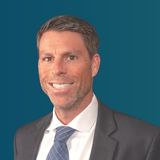
3:00 p.m. “Intro and Overview of the One Utah Health Collaborative“
James Wissler | Executive Director, One Utah Health Collaborative
Read more
This intro/overview of the One Utah Health Collaborative will have an emphasis on the barriers and the importance of community alignment regarding interoperability. A panel of innovators, clinicians, and interoperability experts will join Jaime Wissler to discuss the questions of how and why we’re working toward a longitudinal health record.
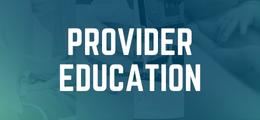

10:00 a.m. “Motivating for Performance: How Leaders Can Help Teams Find Their Drive”
Blake Bishop | Vice President of Data Services, Neovest, a JPMorgan Chase subsidiary
Read more
Intrinsic motivation plays a pivotal role in organizational performance management. Not surprisingly, there is a strong correlation between employee motivation and business success. The factors that drive the desire to perform, however, may come as a surprise to many. In this presentation, we will explore what intrinsic motivation is, why intrinsic motivation matters, and how you as a leader can motivate your team members to perform at their peak.
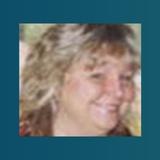
11:00 a.m. “Medicare Hot Topics”
Lori Weber | Provider Relations Specialist, Noridian Healthcare Solutions
Read more
This presentation encompasses updates, important topics and valuable resources to assist your practice with successful Medicare billing.

1:00 p.m. “Life of a Claim: Creation, Rejection, Elation”
Joy Cone | Application Support Analyst, UHIN
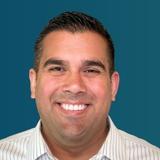
2:00 p.m. MYUHIN Claims
Greg Lobato | Group Product Manager, UHIN
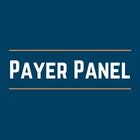
3:00 p.m. Payer Panel
Representatives from DMBA, EMI, HCU, Noridian Medicare B, PEHP, Regence, SelectHealth, and University of Utah Health Plans
Read more
Q&A session with a panel of provider relations specialists and representatives from national and local, Utah health plans. This popular session answers some of providers most pressing questions. In previous years, questions have included:
- Which are the most common errors that keep claims from processing?
- What are the procedure codes with modifiers that should be used for phone visits for each insurance company?
- Are all the payers reimbursing for Telehealth visits at the same rates as in person visits during the pandemic?
Sponsors
Platinum
Gold
Silver
Venue
Salt Lake Marriott Downtown at City Creek
75 S W Temple Street
Salt Lake City, UT 84101
Free parking for 2022 HIT Conference attendees
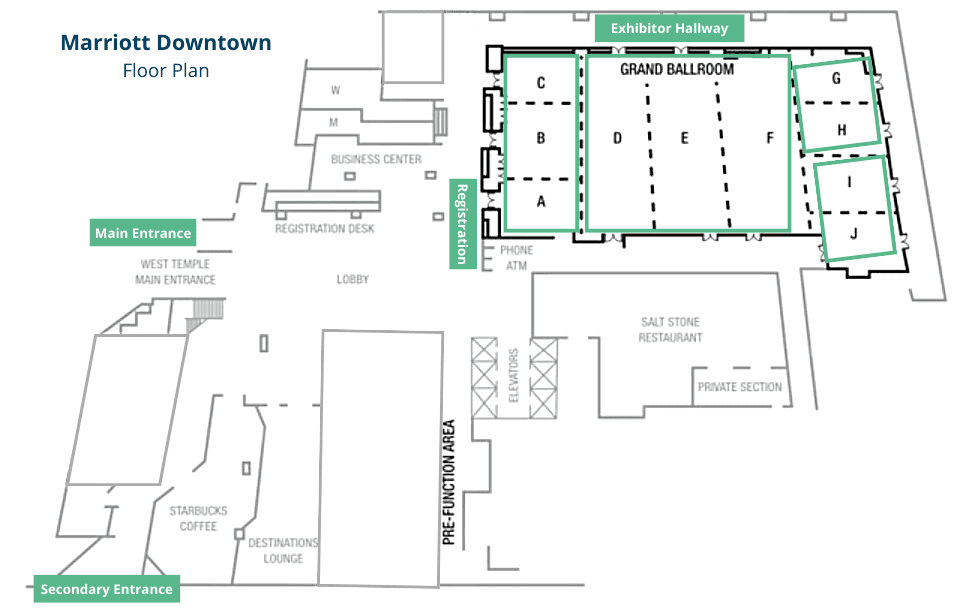
REFUND POLICY
We will accept refund requests up to 10 days following the date of the conference. To be eligible for a refund, you must submit via email to events@uhin.org. In your email, include your name, order number, and number of tickets to be refunded, as well as a reason for the refund request.
Once we receive your request, we will review and notify you on the status of your refund. If your request is approved, we will initiate a refund to your credit card or original method of payment.
Please contact events@uhin.org with any additional questions.

